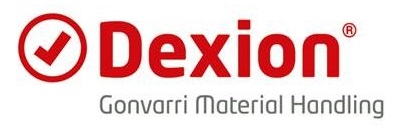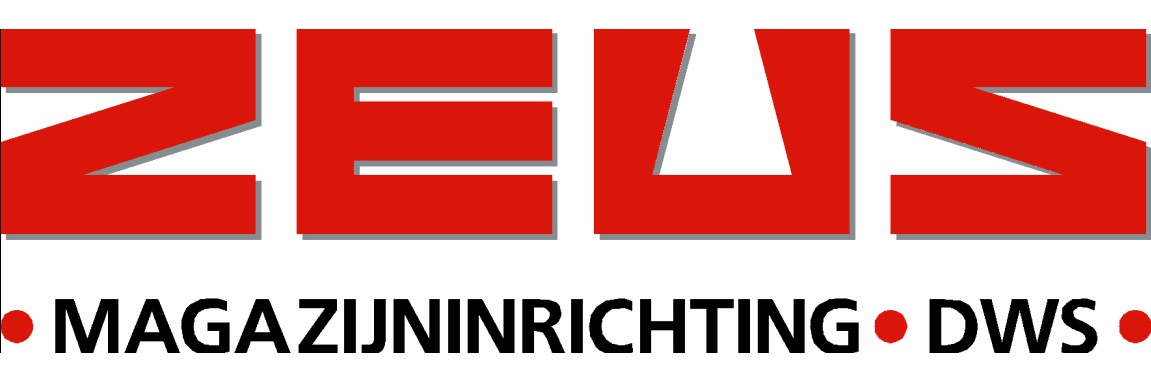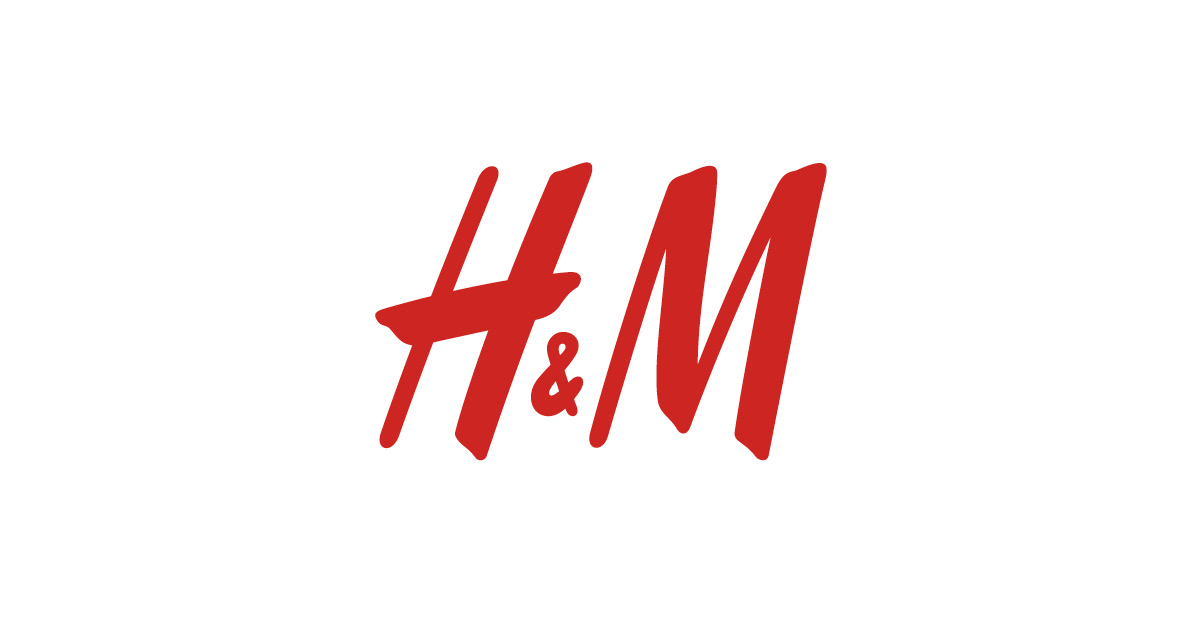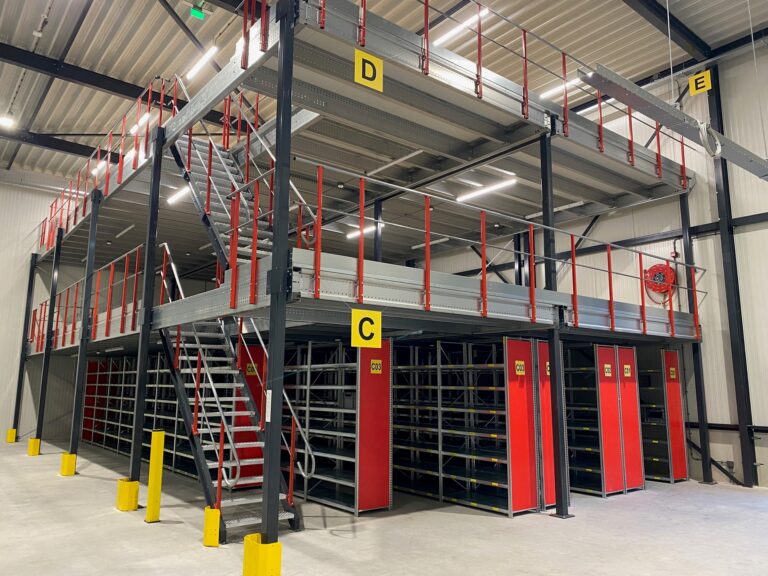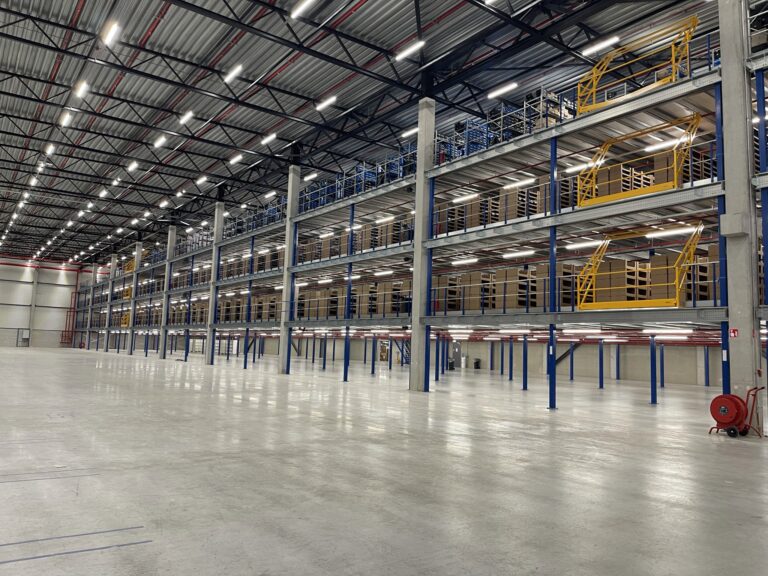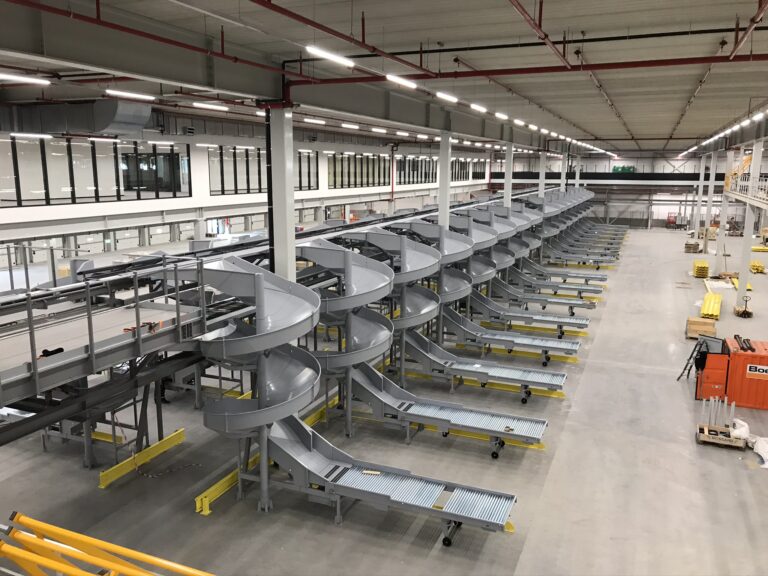
What is a tilting gate for a mezzanine floor?
A tilting gate is a safety feature designed to prevent goods or people from falling off a mezzanine floor. This type of gate allows loads to be moved safely, without posing risks to employees working at height. When one side of the gate is opened to place goods on the mezzanine, the opposite side remains closed. This ensures a permanent safety barrier is maintained, greatly reducing the risk of falls.
Why is a tilting gate essential for safety?
A tilting gate contributes to a safe working environment at height. It helps prevent accidents caused by unprotected edges on mezzanine floors and facilitates safe storage and movement of goods.
The key benefits of a tilting gate are:
- Fall prevention: even while placing pallets or loads, there is always a barrier on one side
- Improved ergonomics: staff don’t need to take dangerous positions to handle goods
- Ease of use: the tilting mechanism enables safe and efficient handling
How does a tilting gate work on a mezzanine floor?
A tilting gate operates through a simple mechanism: when one side opens, the other remains closed. This prevents workers from accidentally stepping into an open edge.
Different types of tilting gates
Many companies across various sectors benefit from a multi-level mezzanine floor:
| Type | Application |
|---|---|
| Standard tilting gate | For light to medium loads |
| Reinforced tilting gate | Suitable for heavy-duty industrial use |
| Automatic tilting gate | Hands-free operation, ideal for intensive usage |
Industries that use tilting gates
Warehouses
In warehouses, tilting gates allow for safe placement of goods on mezzanine floors. Without one, pallets and loads could pose serious hazards during loading and unloading, especially when staff are near the edge. A tilting gate eliminates this risk and keeps goods secure until they are moved.
Offices
Some offices use mezzanine floors to create extra storage space. Here, tilting gates play a key role in safely handling filing cabinets, supplies or other stored materials. Thanks to their stable structure, tilting gates offer reliable protection without compromising space usage.
Industrial halls
In production and industrial facilities where heavy equipment and materials are moved, tilting gates are a crucial element of workplace safety. They allow staff to work safely at height while heavy loads are placed securely on the mezzanine floor.
Safety regulations for tilting gates
Installing a tilting gate must comply with European safety regulations, including:
- NEN-EN 14122-3: standards for permanent safety features in industrial workplaces
- Machinery Directive 2006/42/EC: requirements for moving safety features such as automatic tilting gates
- Occupational safety legislation: national rules for fall protection and workplace safety

Combining a tilting gate with a staircase to a mezzanine
A tilting gate alone is not sufficient for a safe workspace. A logical and safe combination is the installation of a staircase leading to the mezzanine. This provides stable access to the upper level, allowing staff to move safely to and from the floor.
In addition to safety, a staircase also offers convenience. Workers can move quickly between floors without relying on forklifts or other transport tools. This improves workflow efficiency and avoids unnecessary delays.
What are the options for a steel staircase to a mezzanine?
A steel staircase is a popular option due to its strength and durability. Steel can handle heavy loads and long-term use, making it perfect for industrial and logistics environments. It also requires little maintenance and is resistant to wear and corrosion—ideal for companies seeking a long-lasting, safe solution for accessing their mezzanine floor.
Custom staircase for a mezzanine: what to consider?
A custom staircase can be fully tailored to suit the available space and load requirements. Important factors to consider include:
Height and slope: ensure the stairs aren’t too steep and fit the space
Safety features: such as handrails and anti-slip steps
Modular expandability: the option to extend or modify the staircase later
A custom staircase offers flexibility and ensures the mezzanine can be used safely and efficiently.
Customised tilting gates from Nolte Mezzanine
At Nolte Mezzanine, we understand how important safety and efficiency are in your business. That’s why we supply fully customised tilting gates, tailored to your specific situation. Our solutions meet the highest safety standards and offer a reliable, long-lasting way to secure your mezzanine floor.
With years of experience in designing and installing bespoke mezzanines and tilting gates, we help companies across various sectors create a safe and productive working environment. Curious about the possibilities? Get in touch for tailored advice and discover the solution that fits your business best.
Frequently asked questions about tilting gates for mezzanine floors
How much space does a tilting gate require?
This depends on the type of gate. Standard models generally take up 1.5 to 2 metres.
Can a tilting gate be added to an existing mezzanine?
Yes, tilting gates can often be installed afterwards. Be sure to check whether your mezzanine floor is suitable for this in advance.
What’s the difference between a standard and automatic tilting gate?
A standard gate is operated manually, while an automatic gate opens and closes mechanically for extra ease of use.
That’s why people choose Nolte Mezzanine
As specialists in designing, producing, and installing various warehouse solutions, our goal is to provide everyone with the right floor. Over the years, customers have chosen us for our expertise, diverse options, and flexible approach. Your project is unique to us, which means we develop a solution that specifically meets your needs.







